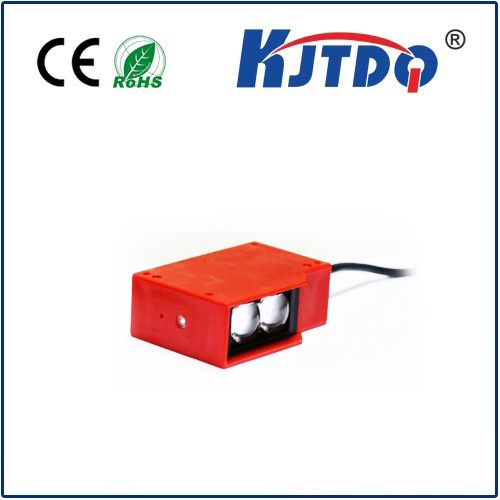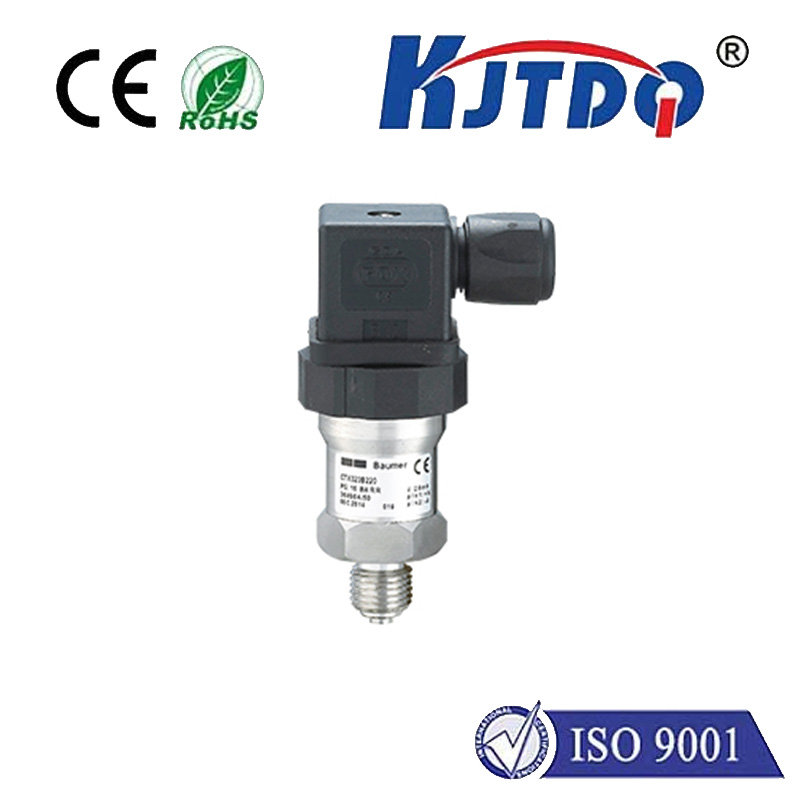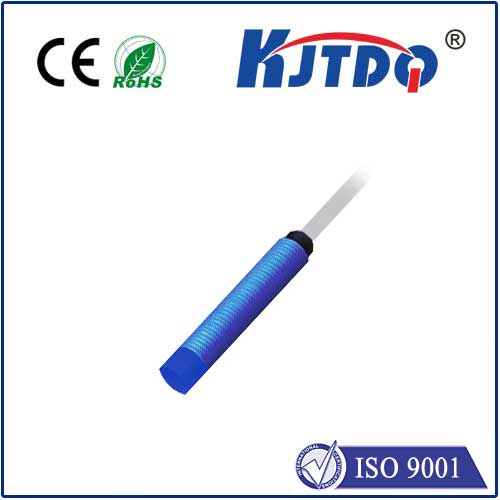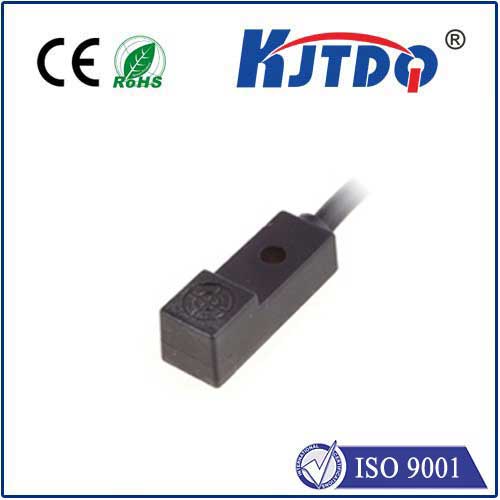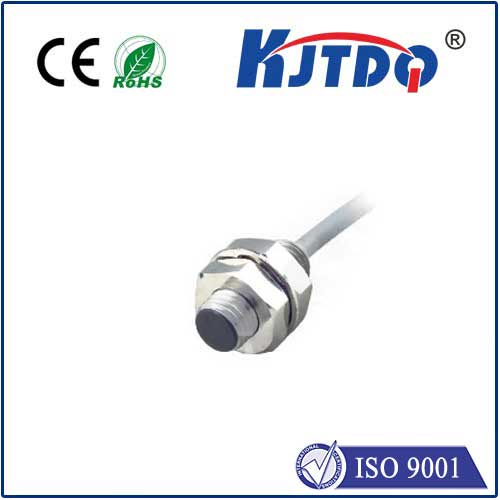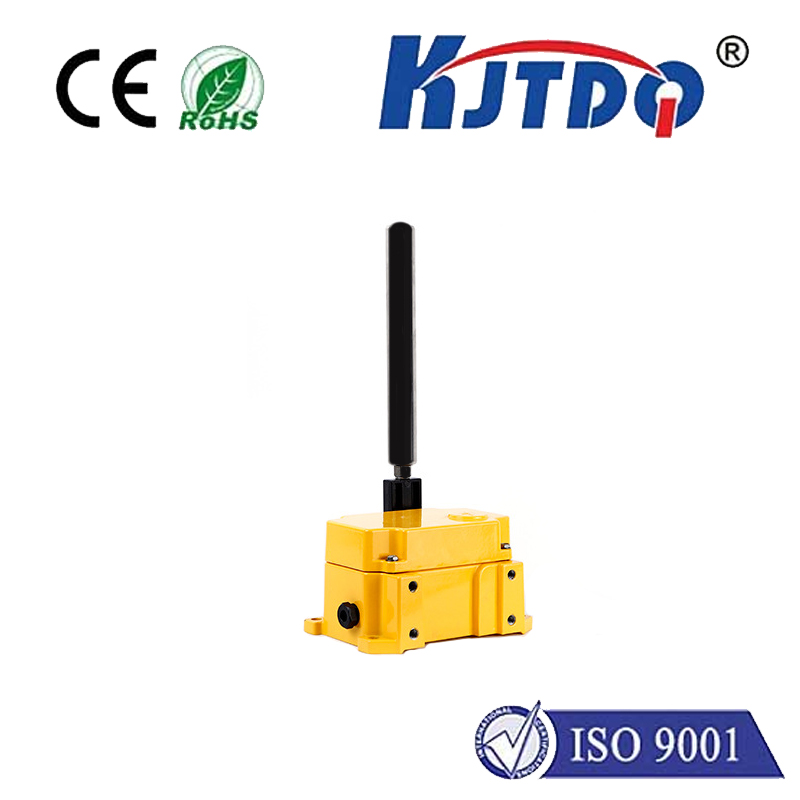E3Z-R81-M5J 0.3M m18 photoelectric sensor
- time:2025-09-26 06:32:55
- Click:0
Mastering Precision Detection: Your Guide to the Omron E3Z-R81-M5J 0.3M M18 Photoelectric Sensor
Imagine a production line humming flawlessly, components flowing seamlessly, processes triggered with unwavering accuracy. This level of efficiency often hinges on a silent sentinel: the photoelectric sensor. And within this realm, the Omron E3Z-R81-M5J 0.3M M18 Photoelectric Sensor stands out as a remarkably reliable workhorse, offering dependable object detection in a compact, easy-to-install package. Understanding this specific model unlocks a powerful tool for optimizing automation, packaging, material handling, and countless other applications demanding precise sensing.
Decoding the Model: E3Z-R81-M5J 0.3M M18
Breaking down the model name reveals its core specifications clearly:
- E3Z: Signifies the core Omron E3Z series, renowned for its compact size, reliability, and affordability within the photoelectric sensor family.
- R81: This critical suffix defines the sensor’s operating principle and output configuration:
- R: Indicates a Retro-reflective type. This means the sensor houses both the light emitter (LED) and the receiver in a single M18 barrel unit. It detects objects by bouncing light off a dedicated reflector placed opposite the sensor. When an object interrupts this reflected beam, the sensor triggers. This is ideal when wiring to both sides of a detection point is impractical.
- 81: Specifically denotes a Light-ON mode NPN output configuration. “Light-ON” means the output transistor turns ON (conducts) when the receiver detects the light beam (no object present). Conversely, the output turns OFF when the beam is blocked (object detected). NPN is a common transistor output type, often described as “sinking” output, crucial for compatibility with many PLCs and controllers.
- M5J: This typically refers to a specific pre-wired connector option. The M5J usually indicates a 2-meter straight cable terminated with stripped leads, ready for connection, offering flexibility during installation.
- 0.3M: Explicitly states the standard sensing distance of 0.3 meters (300 millimeters). This is the guaranteed operating range when used with the recommended Omron reflector (e.g., E39-R1).
- M18: Specifies the sensor’s barrel diameter as 18 millimeters. This is a very popular, standardized size, ensuring compatibility with a vast array of industry-standard mounting brackets and hardware, significantly simplifying integration.
Why Choose the E3Z-R81-M5J? Key Advantages

The combination of these specific features translates into tangible benefits for engineers and technicians:
- Simplified Installation & Wiring: The Retro-reflective (R) design uses a single sensor unit and a passive reflector, drastically reducing wiring complexity compared to thru-beam setups requiring separate emitter and receiver units at both ends. The M5J pre-wired connector further speeds up connection time.
- Compact M18 Form Factor: The M18 size allows installation in tight spaces where larger sensors wouldn’t fit, making it perfect for modern, dense machinery designs.
- Reliable 0.3M Detection Range: The 0.3M range is ideal for medium proximity detection tasks common on conveyors, assembly stations, and automated guides. It provides sufficient distance for reliable object interruption detection while maintaining sensor compactness.
- Robust Performance: Omron E3Z sensors are known for their durability in typical industrial environments. While not intrinsically safe for explosive atmospheres, they handle common factory dust, vibration, and minor moisture exposure well. The stable optical system ensures consistent detection even in challenging conditions.
- NPN Output (Light-ON) Flexibility: The NPN Light-ON configuration (81) offers broad compatibility with control systems globally. Understanding whether your system logic requires Light-ON or Dark-ON (output ON when beam blocked) is essential, and the “81” model delivers the former.
- Cost-Effectiveness: As part of the core E3Z series, this sensor offers a compelling blend of Omron quality and reliability at a highly competitive price point.
Applications: Where This Sensor Excels
The E3Z-R81-M5J 0.3M M18 sensor finds its niche in numerous application scenarios:
- Conveyor Systems: Detecting presence/absence of boxes, totes, or products on a line; triggering pushers, counters, or diverters. Its reliability ensures smooth material flow.
- Packaging Machinery: Verifying carton flap closure, detecting labels or packaging films, confirming case filling levels.
- Assembly Lines: Sensing component arrival at workstations, verifying part placement or orientation before the next process step.
- Door & Gate Monitoring: Detecting if a door, hatch, or safety guard is open or closed reliably.
- Material Handling: Confirming tray or pallet position within automated storage and retrieval systems (AS/RS) or lifts.
Installation Best Practices for Peak Performance
To leverage the E3Z-R81-M5J’s capabilities fully, consider these key tips:
- Reflector Selection & Alignment: Always use the recommended Omron reflector (like the E39-R1). Ensure precise alignment between the sensor and reflector. Misalignment is the primary cause of unreliable retro-reflective sensing. The sensor’s beam angle and the reflector’s acceptance angle must overlap correctly.
- Mounting Security: Use suitable M18 mounting brackets or nuts to secure the sensor firmly, minimizing vibration-induced false triggers. Position it away from sources of strong shock.
- Optical Path Clarity: Keep the lens and reflector clean from dust, oil, or debris. Regularly inspect and clean if operating in dirty environments. Dirty optics significantly degrade performance.
- Avoid Optical Interference: Position the sensor away from other strong light sources (direct sunlight, welding arcs) that could overwhelm the receiver. Be mindful of highly reflective surfaces near the beam path that might cause false reflections.
- Environmental Suitability: While robust, ensure the operating environment (temperature, humidity, chemicals) falls within the sensor’s published specifications. Extreme conditions may necessitate specialized models.
- Wiring Correctness: Double-check connections according to the sensor’s datasheet. Connect the brown wire (+V), blue wire (0V/GND), and black wire (NPN output) correctly to your power supply and controller. Incorrect wiring can damage the sensor.
Conclusion
The Omron E3Z-R81-M5J 0.3M M18 Photoelectric Sensor is more than just a part number; it’s a proven solution for reliable object detection within a 300mm range. By combining the convenience of a retro-reflective design with the standardized M18 form factor, NPN Light-ON logic, and pre-wired M5J connectivity, it delivers ease of use, robust performance, and excellent value for a wide spectrum of industrial automation tasks. Whether you’re maintaining an existing line or designing a new system, understanding and effectively deploying this specific sensor model can contribute significantly to enhanced operational efficiency, reduced downtime, and overall process reliability. Mastering its specifications – the 0.3M range, R81 retro-reflective/NPN Light-ON logic, and M18 size – is key to unlocking its full potential.






